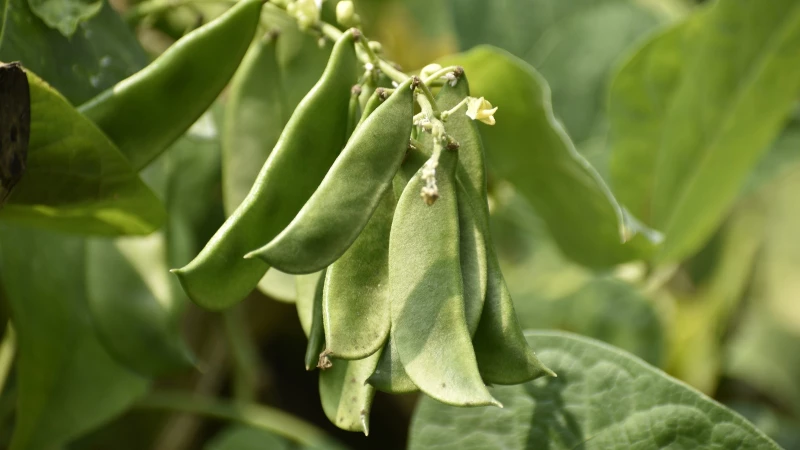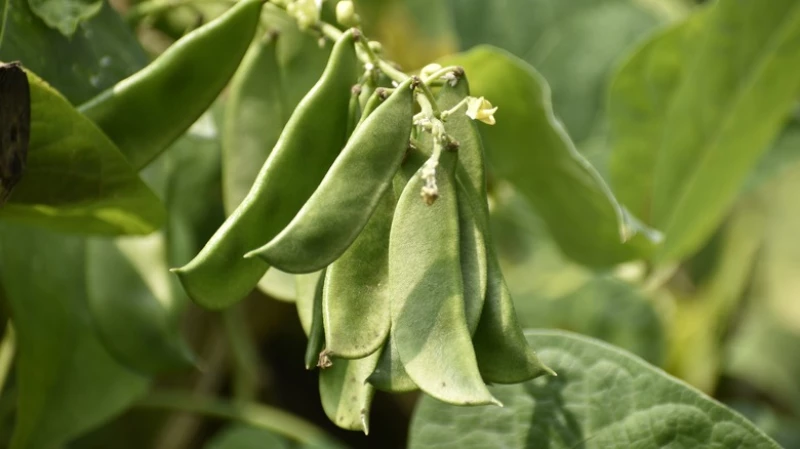Remember the days in elementary school when lima beans were the star of science class experiments? Well, it's time to bring back this humble bean and consider growing it in your garden. Lima beans are not only tasty but also low-maintenance, making them a perfect addition to any garden, especially for those still honing their gardening skills.
With a rich history in various cultures from Latin America to the American South, lima beans have been a staple ingredient. They played a vital role in the Indigenous American companion planting method known as the three sisters, where lima beans, squash, and corn were planted together, with the beans climbing the corn stalks. Today, lima beans continue to be a beloved ingredient in a wide range of dishes, proving they are more than just a childhood science project. If you're considering growing lima beans, here are some tips to help you cultivate healthy plants that produce delicious beans.
How and when to plant lima beans
When it comes to planting lima beans, timing is crucial. Make sure to plant them after the last frost date in your area to ensure optimal growth. Lima beans thrive in warm soil, so wait until the soil temperature reaches at least 65°F before sowing the seeds. Choose a sunny spot in your garden with well-draining soil to plant the beans.
If you're considering planting lima beans in your garden, it's essential to assess the available space and the desired yield. There are two main types of lima beans to choose from: pole and bush. Pole varieties grow vertically and require support, while bush varieties remain lower to the ground and do not need vertical assistance. Pole lima beans typically yield more but take about two weeks longer to produce beans compared to bush types. Once you've decided on the type that suits your needs, you can obtain the seeds and start planting.
Before beginning the planting process, ensure that the soil is warm enough for the seeds. The ideal planting month for lima beans varies depending on the last frost date in your area. Aim to plant the seeds two weeks after the last frost date. Lima beans require regular watering and thrive in warmer temperatures, preferably not exceeding 80 degrees Fahrenheit. Extreme cold, heat, or moisture can affect their growth and productivity, so it's crucial to consider the typical weather conditions in your region or zone. With proper care, you can expect to start harvesting beans two to three months after planting. The harvesting season typically spans from August to October, depending on your location.
To ensure your lima bean plants thrive and give you the best possible chance of tasty beans and a bountiful harvest, keep these tips in mind. First, like some other types of beans, pole lima beans are climbers. Therefore, giving this variety of lima bean some support is essential. This could be a trellis or pole that gives their vines a chance to crawl, creep upwards, and spread out. Another way to better support your plants is to start cultivation indoors. If you tend to get colder temperatures late into spring, you can start the seedlings of these plants inside — which is a helpful headstart while you're waiting for warm weather to arrive.
Unfortunately, some pests like the look of lima beans, too. Aphids and stink bugs are among the top concerns for this plant, leading to lasting damage not just for one part of the plant but all of it. Luckily, there are kitchen ingredients that will solve your stink bug problem, such as pepper, and keep them away for good. There is also a disease called bacterial blight, which lima beans tend to suffer from. An onslaught of cold, rainy conditions can ignite this problem. Choosing certified disease-free seeds or resistant varieties can help ward off bacterial blight, as can implementing other preventative measures, such as crop rotation practices and copper fungicides. Following these tips and their care requirements will lead to happy, healthy plants.








